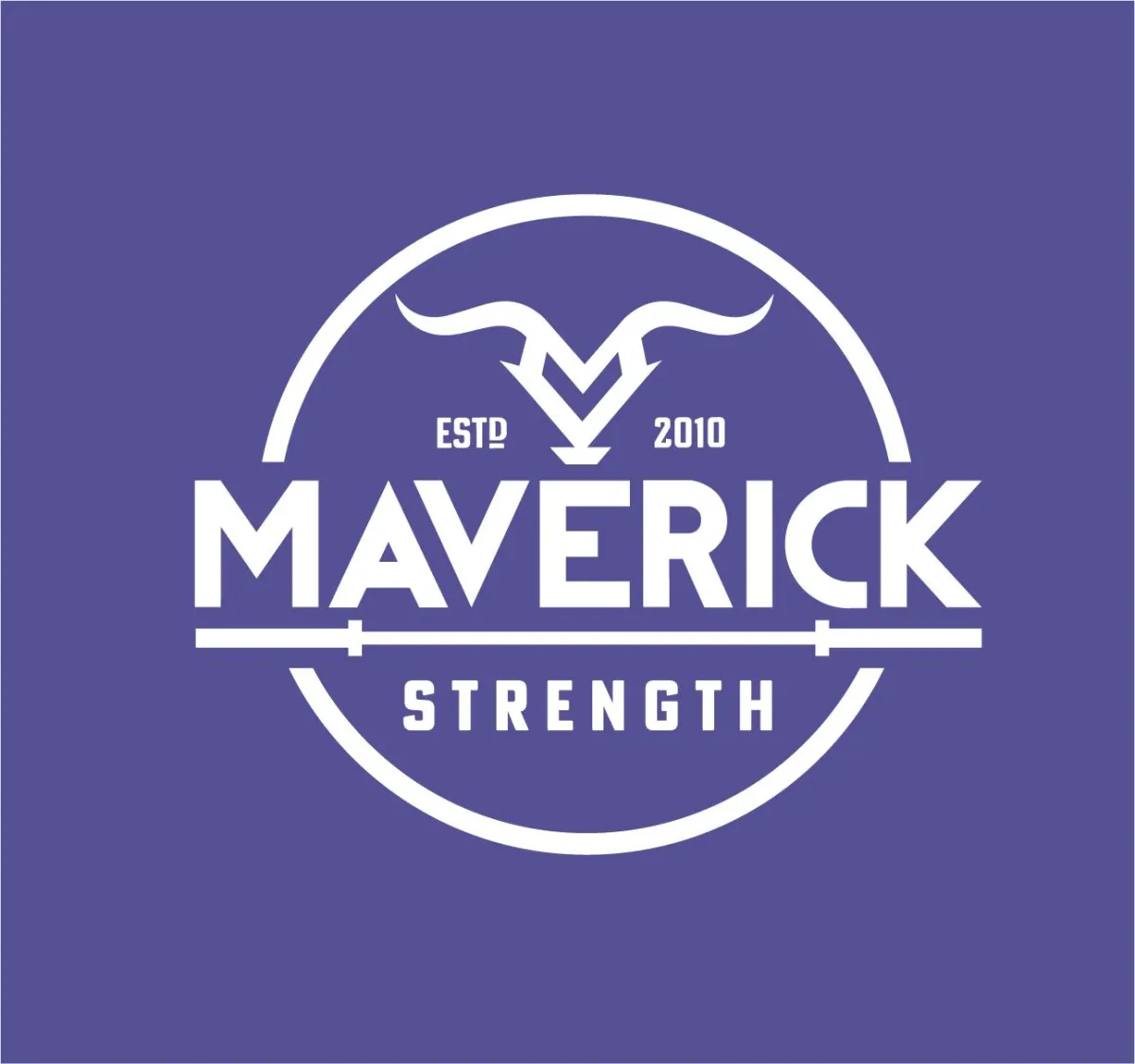
Why Women Should Rethink Fasted Training (Especially After 40)
STOP TRAINING FASTED!

Intro: Why This Matters
Fasted workouts have been marketed as a fat-burning hack. But for women—especially once estrogen and progesterone decline—this approach can backfire. The female hormonal system isn’t built like a man’s. It’s more sensitive to stress, more protective of energy, and more likely to shift into fat-storage mode if underfed.
Let’s unpack what really happens in your body when hormones change—and why fueling before training is one of the smartest things you can do for your metabolism, muscle, and long-term health.
What Happens When Estrogen and Progesterone Decline
When estrogen and progesterone drop in perimenopause and menopause, you lose some of your body’s natural “protection” against stress.
Estrogen used to:
Help regulate cortisol (stress hormone)
Support thyroid function and metabolism
Stimulate muscle protein synthesis
Keep fat storage more balanced (hips/thighs > belly)
Without it, your body becomes more stress-sensitive, your metabolism slows, and it’s easier to store belly fat and lose muscle—even if you’re doing everything “right.”
Category by Category: The Science
Metabolism
Resting metabolic rate naturally drops 3–5% per decade after 30.
Estrogen helps convert thyroid hormone T4 into active T3. Without it, thyroid function slows, dragging metabolism with it.
Result: Energy feels lower, fat loss is harder, and dieting has a bigger downside.
Action Step: Avoid long stretches without fuel. Eat protein at every meal, and have a light pre-workout snack to keep thyroid and metabolism supported.
Cortisol
Estrogen used to help regulate cortisol’s “off switch.”
Without it, cortisol stays higher for longer, which:
Breaks down muscle tissue
Worsens sleep
Reduces insulin sensitivity
Action Step: Minimize unnecessary stress loads like fasted training. Use walking, strength work, and recovery strategies (sleep, breathwork) to keep cortisol in check.
Lean Muscle Mass
Estrogen + progesterone both supported muscle protein synthesis.
After menopause, breakdown outpaces build-up.
Add in fasted workouts, and you amplify muscle loss.
Action Step: Prioritize resistance training + protein. Fuel lightly before workouts (protein + carbs) so your body has building blocks instead of tearing down muscle for energy.
Visceral Fat
Estrogen decline shifts storage from subcutaneous fat (hips, thighs) to visceral fat (around organs/abdomen).
Visceral fat is inflammatory, insulin-resistant, and tied to heart disease risk.
Cortisol amplifies this shift—which is why fasted workouts (cortisol-spiking) can backfire.
Action Step: Aim for consistent meals, prioritize strength training, and keep pre-workout fuel in place to avoid cortisol-driven fat storage.
So… How Many Calories “Break a Fast”?
Technically, any calories break a fast. But for women, the real question isn’t “How do I stay fasted?”—it’s “How do I signal safety to my body so it can perform and adapt?”
Even 50–75 calories can flip the switch:
Scoop of protein in coffee
A small piece of fruit with Greek yogurt
EAAs
You don’t need a full meal. You just need enough fuel to blunt cortisol and support training.
Bottom Line
Fasted training isn’t a neutral choice—it’s a stressor. For women, especially post-40, that stress often backfires: slower metabolism, more belly fat, harder muscle maintenance.
Fueling before your workout isn’t about “breaking a fast.” It’s about protecting your hormones, metabolism, and results.
Tomorrow’s challenge: Before your next workout, try a scoop of protein in coffee or a small piece of fruit. Notice the difference in energy, recovery, and cravings later in the day.


